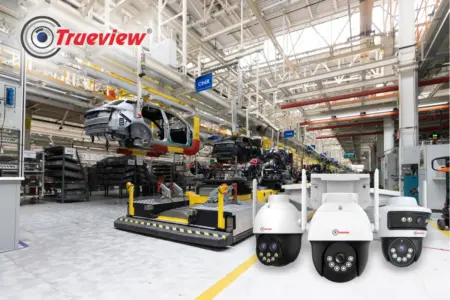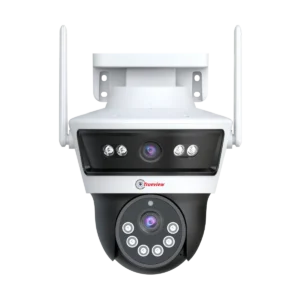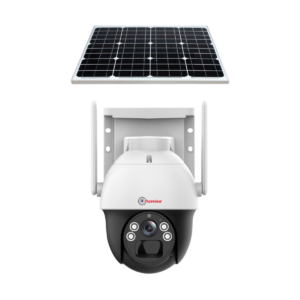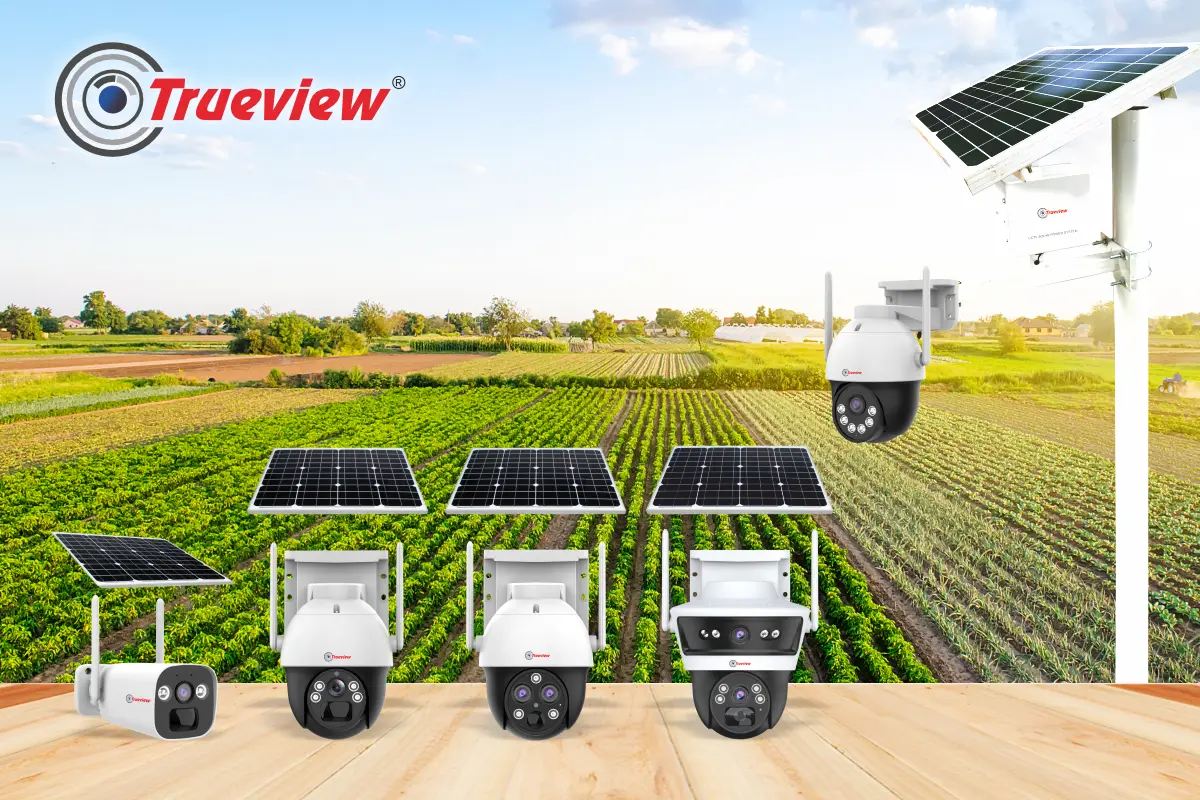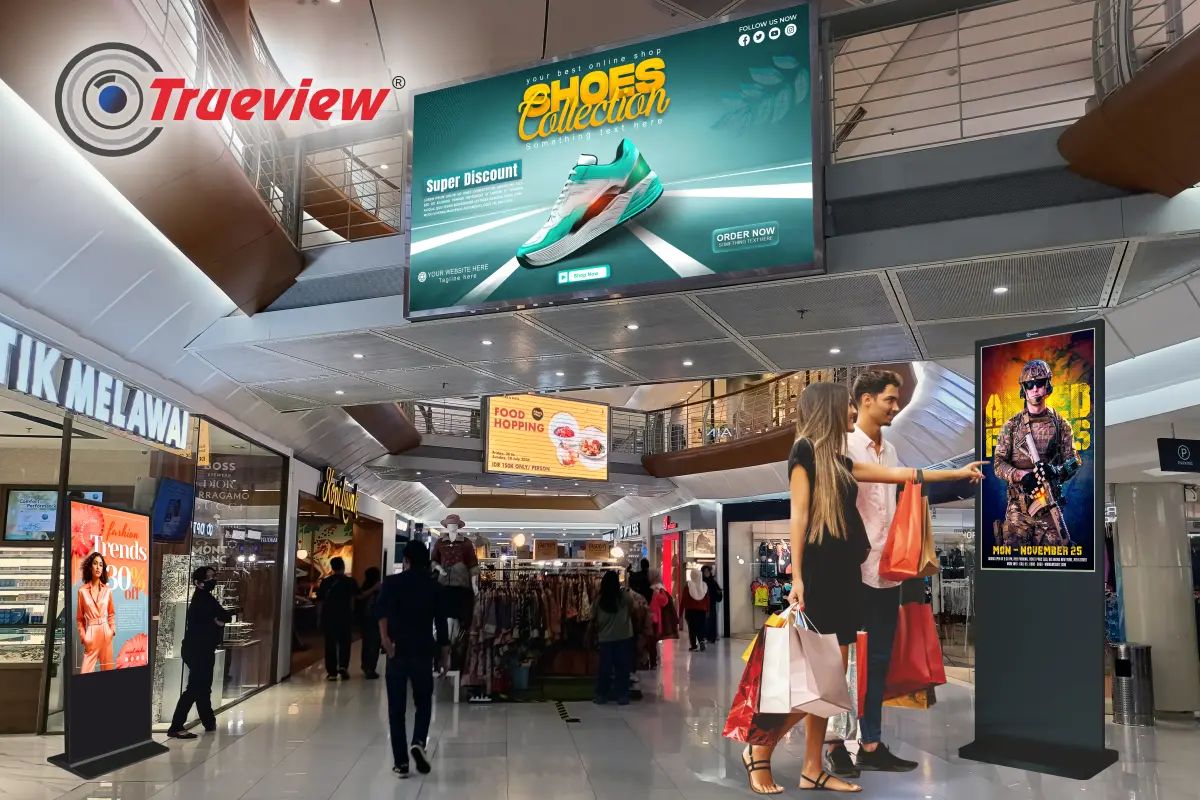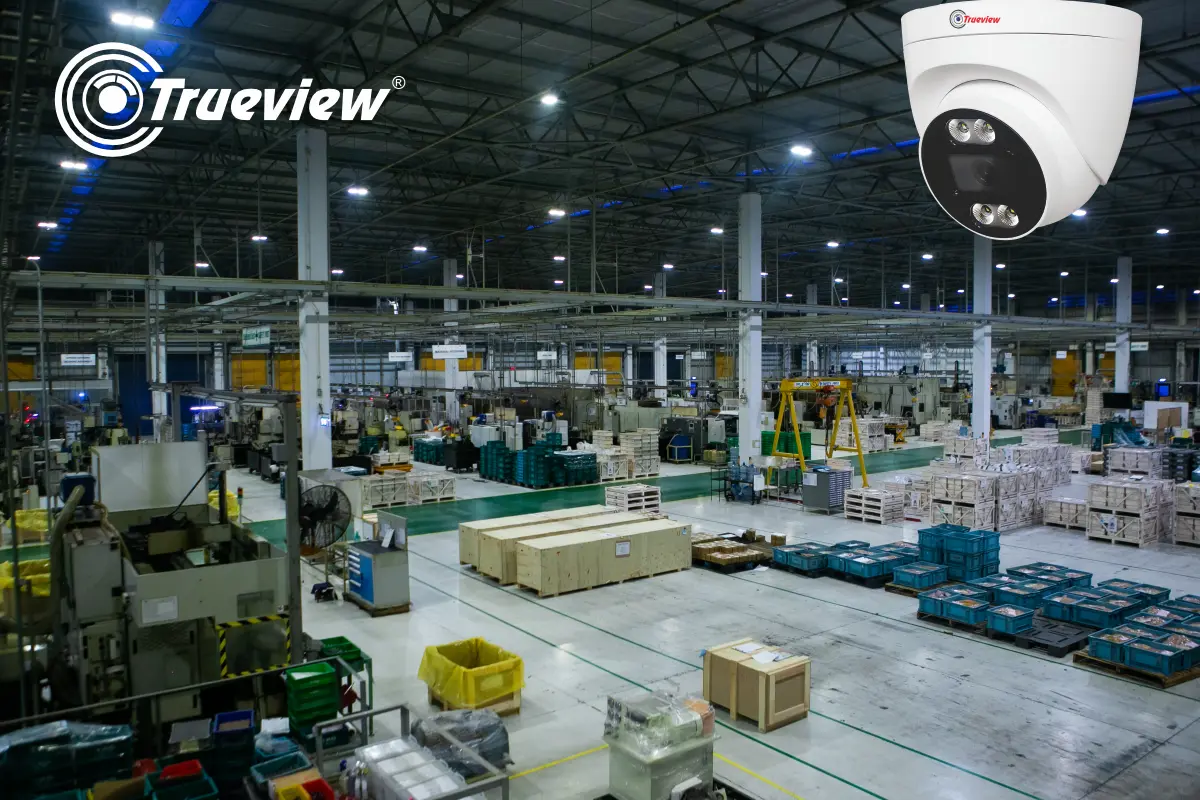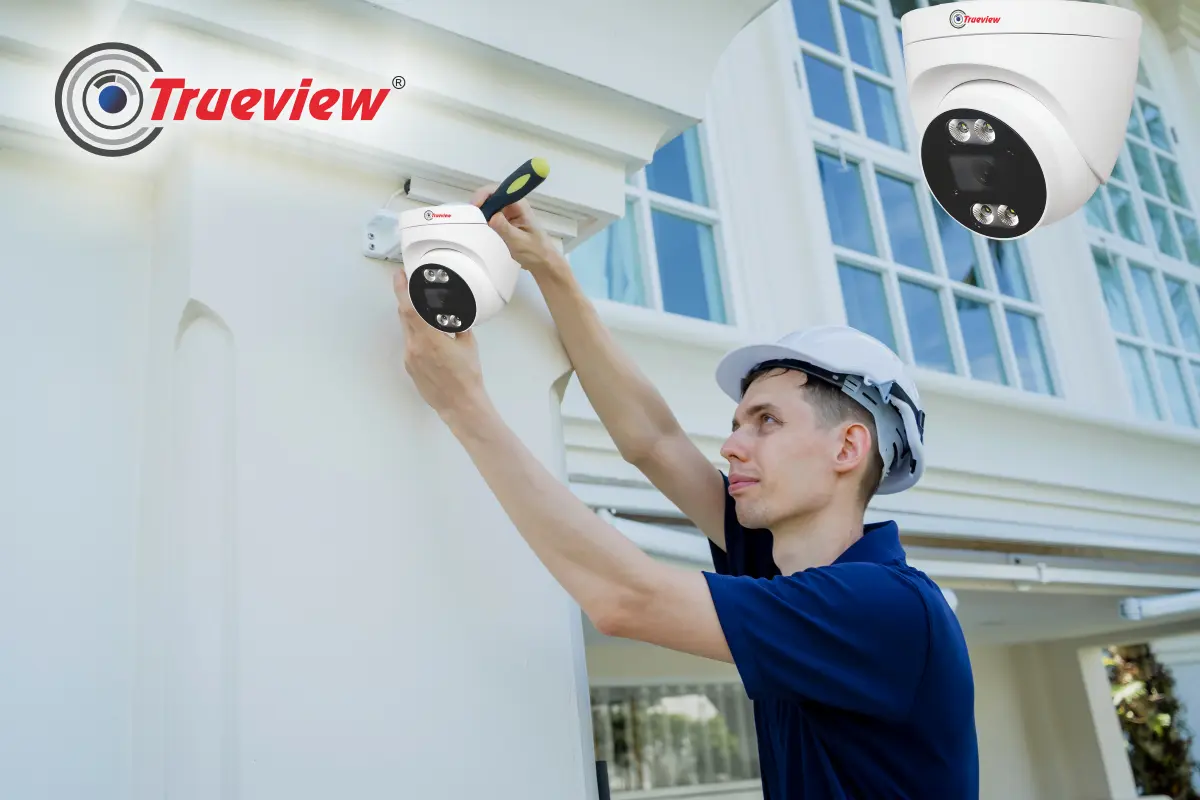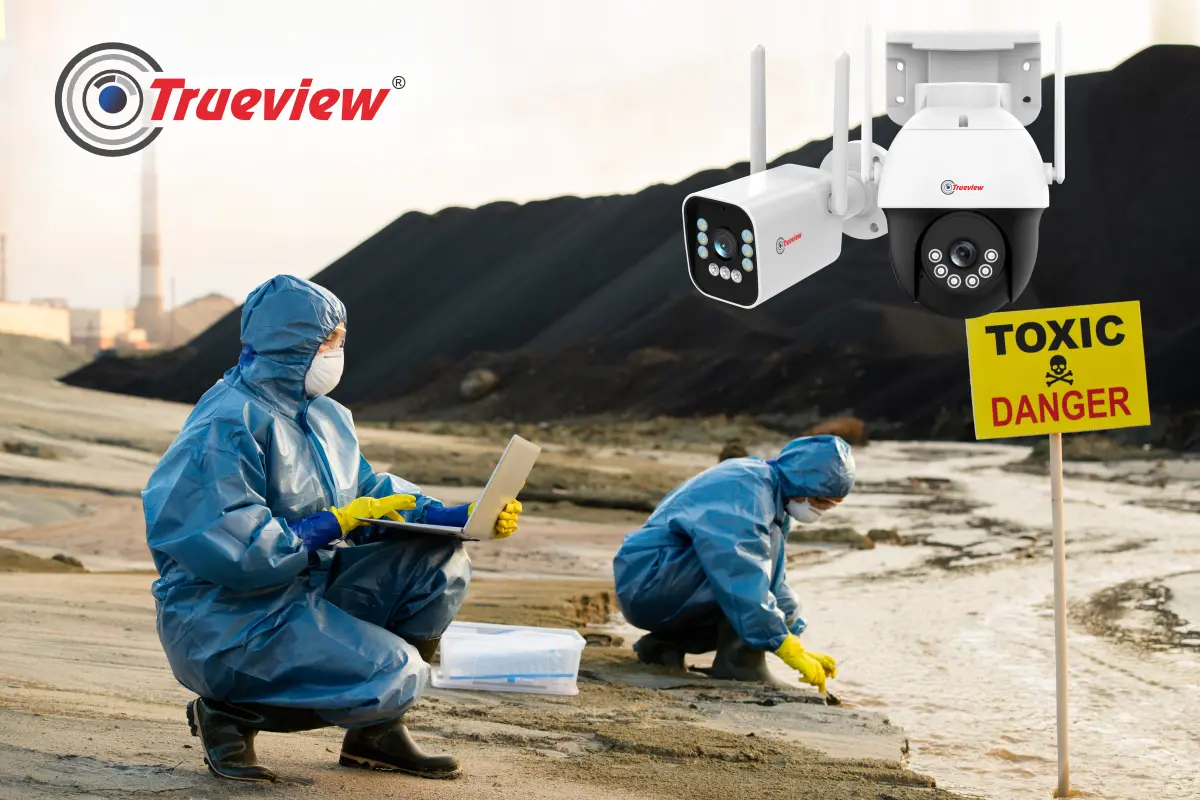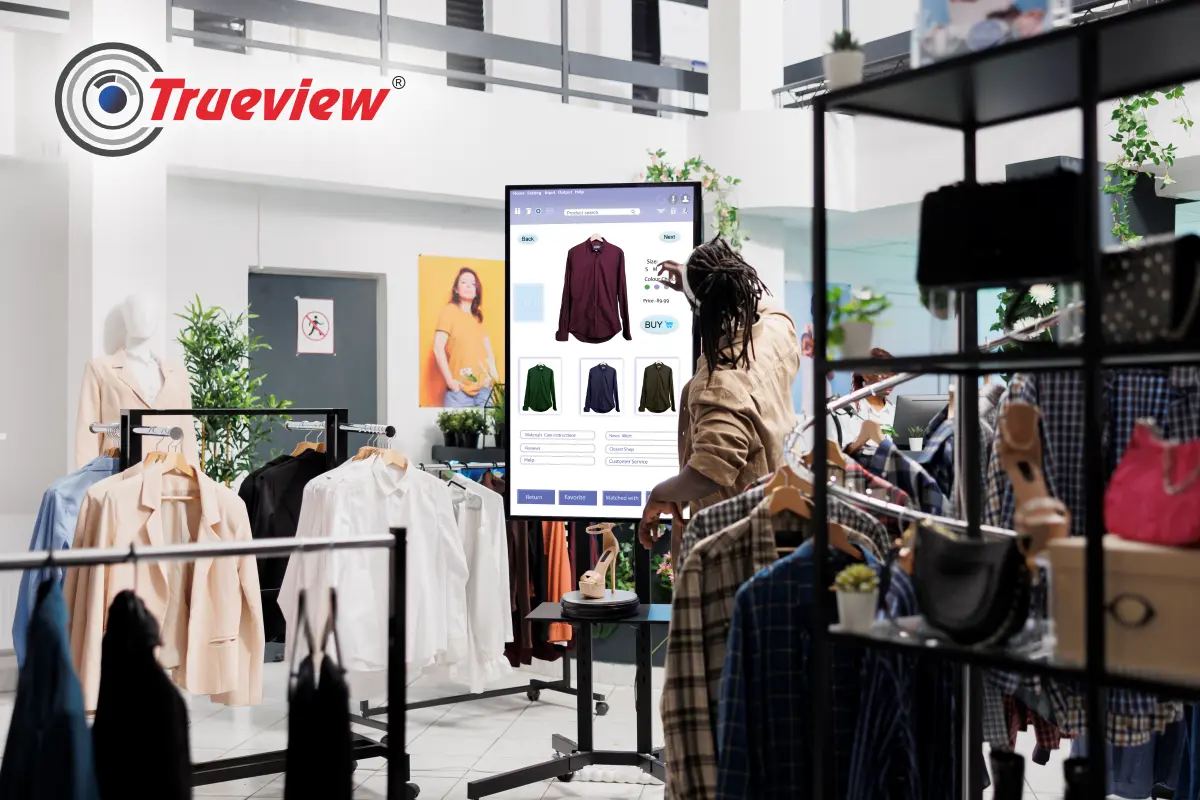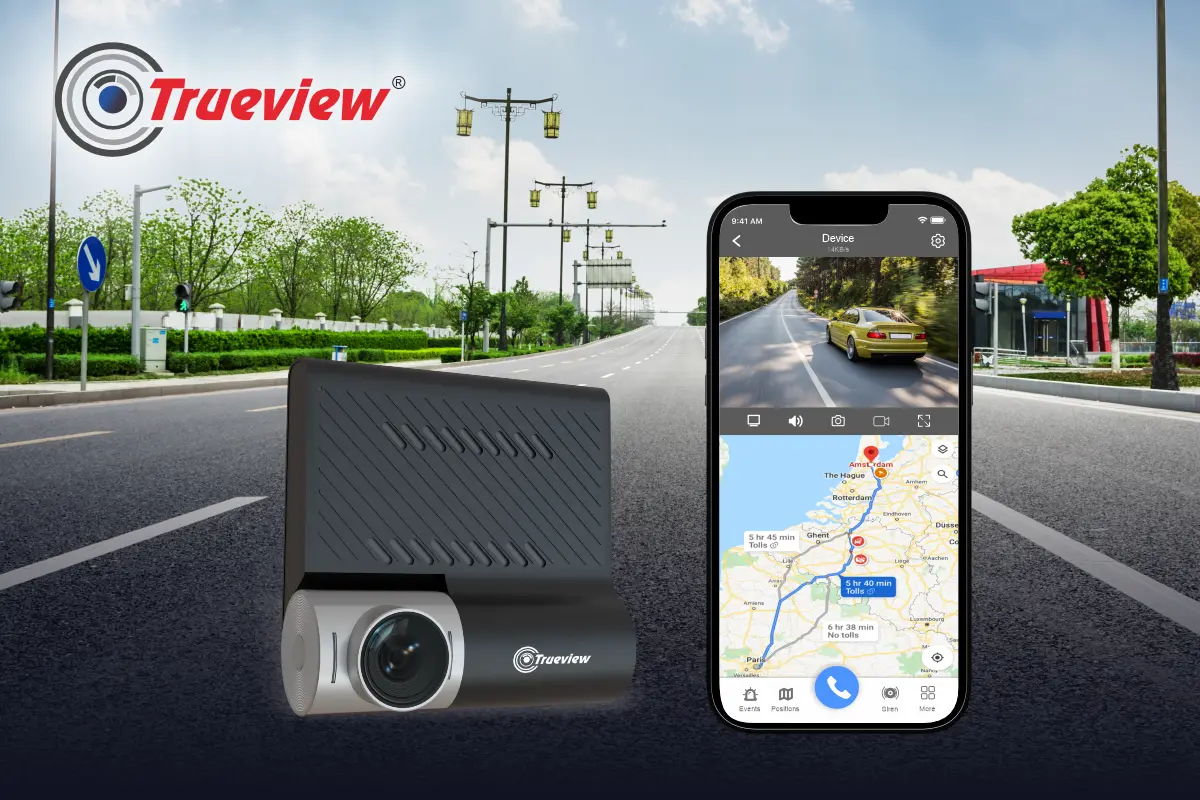In April 2025, a plant in Andhra Pradesh lost car engines worth $2.3 million to theft. This incident happened during a window when traditional security couldn’t cover blind spots. This is not an isolated case. Manufacturing facilities face workplace safety risks, unauthorised access, and operational inefficiencies that cost Indian industries thousands of crores annually.
Therefore, modern factories require Industrial Security Cameras that operate reliably anywhere, anytime, without relying on existing infrastructure. And that’s where Trueview CCTV Camera for Factories makes a difference.
In this blog, we will discuss the best practices for industrial security setup. We will also explain why Trueview is the best brand for CCTV Camera for Factories. Keep reading!
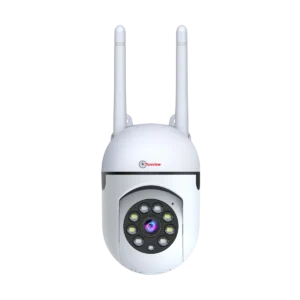
Contents
- 2MP Smart Dual Light Wi-Fi Pan-Tilt Camera
- 4G Smart Linkage Mini PT Dome Camera
- 4MP Wi-Fi Solar Mini Pan-Tilt ATC Camera
- The Factory Security Challenge No One Talks About
- Strategic Placement Zones for Maximum Coverage
- Trueview Wireless WiFi Camera vs CCTV Camera with SIM Card – Choosing the Right System
- Installation Best Practices that Actually Work
- Step-by-Step Implementation Timeline for Trueview CCTV Camera for Factories
- Takeaway
- About Trueview
2MP Smart Dual Light Wi-Fi Pan-Tilt Camera
The Factory Security Challenge No One Talks About
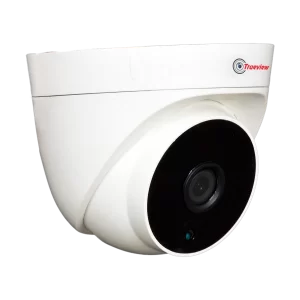
Indian factories operate under unique constraints. Most security failures happen during these predictable scenarios.
1] Shift Change Vulnerabilities
Security gaps appear during the 6 AM and 6 PM shift transitions. Workers leave, new teams arrive, and critical zones stay unmonitored for 15-20 minutes.
Trueview Industrial Security Cameras serve as powerful tools for deterring criminal behavior and optimising productivity, but only if they cover these transition periods.
2] Remote Location Connectivity
Manufacturing units, especially those located in off-grid areas of India, often lack reliable internet access. Wired CCTVs fail when cables get damaged by machinery or weather. Production can’t wait for technicians to fix connectivity issues.
3] Heat and Dust Damage
Standard cameras last 8-12 months in foundries or chemical plants. The replacement cycle drains budgets while leaving security gaps.
Additionally, temperature fluctuations from 15°C (night) to 45°C (day) destroy electronics not built for industrial conditions.
4] Blind Spot Coverage
Traditional systems miss loading docks, raw material storage, and perimeter fencing – exactly where most of the factory thefts occur.
Expanding wired networks to these areas requires trenching, conduits, and electrical work that disrupts operations for weeks.
Strategic Placement Zones for Maximum Coverage
Factory security works when cameras monitor these five critical areas correctly.
1] Entry and Exit Points
Position Trueview CCTV Camera for Factories at every gate, including employee entrances and vendor access roads.
Install Industrial CCTV Cameras 8 to 10 feet above ground to ensure better coverage with slight downward angles to capture faces clearly.
Trueview WiFi Camera Placement: Mount dual cameras 15 feet apart at the main gates. One covers incoming traffic, another monitors exit flow.
2] Production Floor Monitoring
Assembly lines need overhead coverage to track workflow and identify safety violations.
Place CCTV Cameras at line start/end points and quality check stations.
Coverage Pattern: Every 40 meters along production lines ensures no machinery operates outside of view. Wide-angle lenses reduce camera count while maintaining detail quality.
3] Raw Material and Finished Goods Storage
Warehouses lose inventory through multiple entry points. Position Trueview Cameras at aisle intersections, not just doorways.
Make sure to mount them high enough to prevent tampering and ensure clear, unobstructed views.
Inventory Protection: Storage areas benefit from Trueview CCTV Camera with SIM Card Systems. This is because no network infrastructure is needed in remote warehouse sections. Therefore, in storage areas, cellular connectivity can provide alerts even during power outages.
4] Perimeter Security
External fencing requires different camera strategies than indoor monitoring. Weather, lighting changes, and vegetation can significantly affect visibility.
Perimeter Best Practices: Install Trueview Cameras every 50 meters along boundaries. Use motion detection zones 10 meters inside fence lines to catch intrusions way before they reach buildings.
5] Office and Administrative Areas
Management zones need discrete monitoring that doesn’t disrupt meetings or daily operations.
Therefore, factories must focus on cash handling areas, server rooms, and document storage.
Trueview Wireless WiFi Camera vs CCTV Camera with SIM Card – Choosing the Right System
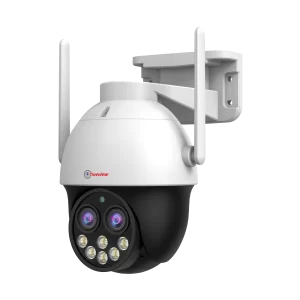
Both technologies solve completely different factory security challenges.
Trueview WiFi Camera Benefits
- Quick Installation: No cellular plan is needed. Connect to existing factory WiFi networks in under 15 minutes per camera.
- Cost Efficiency: Lower monthly operating costs compared to cellular systems. Perfect for factories with reliable internet connectivity.
- High Bandwidth: Stream HD video without compression. Ideal for quality control monitoring where detail matters.
- Limitations: It depends on the WiFi range and stability. Network outages disable cameras completely.
You can buy or explore our Wireless WiFi Camera range here.
CCTV Camera with SIM Card Advantages
- Independent Operation: Works anywhere with 4G/5G coverage. No dependency on factory IT infrastructure.
- Power Outage Protection: Continuous monitoring during electrical failures that shut down WiFi routers.
- Remote Location Coverage: Perfect for perimeter monitoring, off-site storage, or satellite facilities.
- Instant Alerts: Direct cellular connection sends security alerts faster than WiFi-dependent systems.
- Considerations: Monthly data charges apply. Video quality may be reduced during peak network usage.
You can buy or explore our CCTV Camera with SIM Card range here.
Installation Best Practices that Actually Work
1] Height and Angle Standards
Position Trueview CCTV Camera for Factories at heights that deter tampering while capturing identifying details. Factory installations require specific measurements as highlighted below.
- Indoor Mounting: 8-12 feet height with a 25-30 degree downward angle. Higher positions lose facial detail. Lower positions risk damage from forklifts and machinery.
- Outdoor Installation: 10-15 feet in height with weatherproof housings. Account for sun glare during morning (6-9 AM) and evening (4-7 PM) shifts.
2] Power and Connectivity Planning
- WiFi Camera Requirements: Verify signal strength at each camera location before installation. Use WiFi extenders if the signal drops below -65 dBm.
- SIM Card System Needs: Test cellular coverage during different times. Some locations have stronger signals during specific hours due to network traffic patterns.
3] Camera Clustering Strategy
- Overlapping Coverage: Position adjacent cameras with a 20% field-of-view overlap. This eliminates blind spots if one camera fails.
- Zone Redundancy: Critical areas like cash handling or raw material storage need backup cameras. Primary camera failure shouldn’t leave high-value zones unmonitored.
Step-by-Step Implementation Timeline for Trueview CCTV Camera for Factories
Step 1: Site Assessment
- Conduct a security audit, identifying vulnerable zones
- Test WiFi coverage and cellular signal strength
- Calculate the camera quantities needed for complete coverage
- Obtain necessary approvals from factory management
Step 2: Equipment Procurement
- Order an appropriate mix of Wireless WiFi Camera and CCTV Camera with SIM Card units
- Arrange installation tools and mounting hardware
- Set up monitoring devices and mobile applications
Step 3: Installation and Testing
- Install Trueview CCTV Cameras for Factories at identified strategic locations
- Configure remote monitoring and alert systems
- Train security staff on daily monitoring procedures
- Conduct system functionality tests
Week 5: Go-Live and Optimisation
- Start 24/7 monitoring operations
- Fine-tune camera angles and detection zones
- Address any coverage gaps discovered during initial operation
- Document maintenance schedules and procedures
Takeaway
Factory security improves when you start with the highest-risk areas first. Install Trueview CCTV Camera for Factories at the main gates and raw material storage. These zones typically see 70% of security incidents.
For immediate protection, deploy CCTV Cameras with SIM Card systems at perimeter locations lacking network access. Follow up with WiFi Camera installations in areas with existing connectivity infrastructure.
The investment pays back through reduced theft, improved safety compliance, and better operational oversight. So, what are you waiting for? Invest in Trueview CCTV Cameras today!
About Trueview

Trueview is one of India’s leading technology brands specialising in CCTV, Digital Signage, All-in-one Computers, and more. With a strong focus on innovation and reliability, we build products that can handle the toughest industrial and commercial requirements.
From CCTV Cameras with SIM Card that keep working in remote areas, to Wireless WiFi Cameras made for uninterrupted connectivity, our cameras provide 24/7 protection, smart surveillance, and efficient monitoring for factories and companies across India.
Driven by research and trusted by thousands of businesses, Trueview stands for security without compromise. Get your hands on our CCTV Camera for Factories today. For further information or assistance, please contact us directly. Our team will be happy to help you anytime.
Frequently Asked Questions (FAQs)
1. What’s the ideal camera height for factory installation?
Install Trueview Industrial Security Cameras 8-10 feet high for indoor areas and 10-15 feet for outdoor perimeters. This height prevents tampering while capturing clear facial identification details.
2. How many cameras does a typical factory need?
Coverage requirements vary by facility size and layout. Plan one camera per 1,000 square feet of indoor space and every 50 meters along outdoor perimeters for comprehensive monitoring.
3. Do WiFi cameras work during internet outages?
Trueview WiFi Camera systems can store footage locally during network outages, but real-time monitoring and alerts require active internet connectivity for full functionality.

